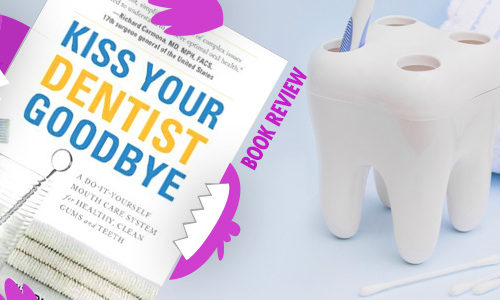
Can You Drive After a Cavity Filling?
This article is a part of our Q&A series in which we give detailed answers to our readers' questions. Have a question? Don't hesitate and send it to us to get a detailed answer!
Getting a cavity filled is a common dental procedure. Many patients, however, are unsure about what to expect after the procedure and have questions about their ability to carry out normal activities, such as driving. The short answer is: yes, you can drive right after getting a cavity filling done by a dentist. If you are interested in various aspects related to driving after getting a cavity filled please continue reading the article.
The Cavity Filling Procedure and Effects of Local Anesthesia
The dentist will typically use a local anesthetic to numb the area around the tooth that needs the filling. Afterward, the dentist will clean out the decayed material and fill the cavity with a filling material.
Local anesthesia is commonly used during cavity fillings to minimize pain. Unlike general anesthesia, which affects your entire body, local anesthesia only numbs the specific area being worked on. This means that, in most cases, your cognitive functions and ability to drive should not be affected. However, it is important to consider how you personally react to anesthesia, as people can have different sensitivities.
Points to Consider Before Driving
- Numbness: Even though only the mouth area is numbed, some people find the sensation distracting or unsettling. If you feel uncomfortable or unusually distracted, it may be best to wait until the numbness subsides before driving.
- Discomfort or Pain: Sometimes after the anesthesia wears off, you might experience some pain or discomfort. If this affects your ability to concentrate, it is wise not to drive.
- Medications: If you have been given any pain medication or other drugs that can affect your alertness, it’s important to understand how they affect you before deciding to drive.
- Personal Anxiety or Stress Levels: Dental procedures can be stressful for some individuals. If you feel overly anxious or not in a calm state, it might not be the best idea to drive immediately after the procedure.
Safety First
If you have any doubt about your ability to drive safely, it’s always best to err on the side of caution. Here are a few alternatives:
- Arrange for someone to drive you home
- Use a taxi service or rideshare app
- Plan to rest at the dental office or nearby café until you feel comfortable to drive
Communication with Your Dentist
It’s always a good idea to talk to your dentist ahead of time. They can provide more specific advice based on your health history and the details of your procedure.
Bottom Line
Most people are able to drive without any issues after having a cavity filled. However, it is important to pay attention to how you feel and make a responsible choice. If you are in pain, feeling anxious, or have been given medication that impairs your ability to drive, it’s best to find an alternative means of transportation. Your safety and the safety of others on the road should always be the top priority.
This Q&A series article is complete and was published on August 1, 2023, and last updated on August 1, 2023.




